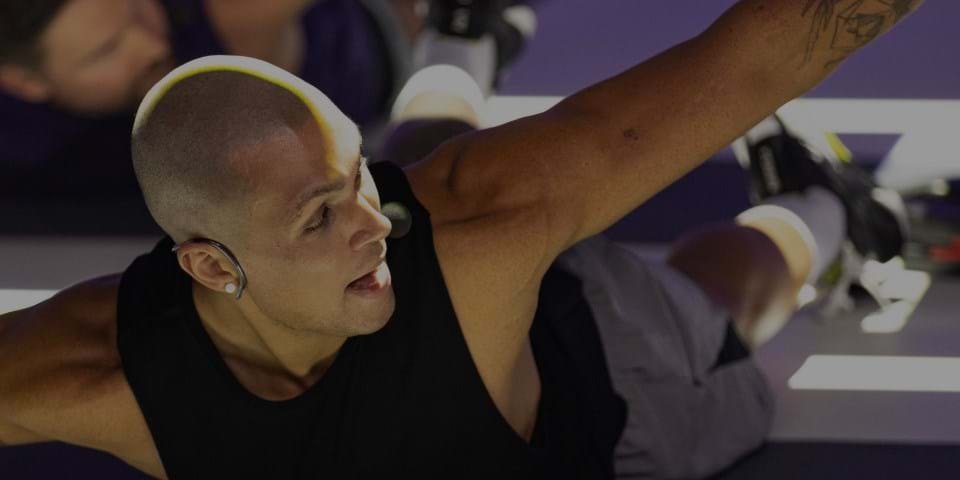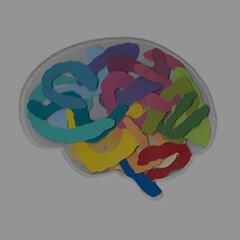The more we learn about the mind and human consciousness, the more possible it seems that stories of near-death and out-of-body experiences may have a rational basis in science.
A woman being resuscitated after suffering a cardiac arrest later recalls details of the procedure she couldn’t possibly have witnessed, and then describes seeing a shoe on a window ledge on the outside of the hospital. A search locates the shoe, which perfectly matches her description, and which could not be seen from the inside of the building.
Another woman claims to have left her body during an operation – having showed no signs of brain activity – and can describe in detail events that happened while she was technically dead. Her surgeon – a rationalist who does not believe in an afterlife – confirms her version, and agrees there is no scientific explanation for what happened.
In this fascinating interview, author Leslie Kean discusses these and other cases included in her new book, Surviving Death: A Journalist Investigates Evidence for an Afterlife. Based on the evidence, she says, the possibility exists that human consciousness can take more forms than the one we associate with daily life.
Kean also describes the extraordinary case of a boy named James Leininger, who at just two years of age described “memories” of having been a World War II fighter pilot, including details of aircraft, locations and events that he couldn’t possibly have known. His parents later found the son of a pilot whose story seemed to match James’ recollections, but who was completely unknown to the family before that. A clinical psychiatrist who examined the case could not find any reasonable alternative explanation.
Scepticism is a natural response to such stories, and Kean explores conventional explanations for the events described in her book. But she also touches on theories of human consciousness, such as those put forward by biologists Dr Robert Lanza, that “reality” is in fact the product of consciousness, a hypothesis also supported by quantum physicists.
Those who dismiss such possibilities, says Kean, have often not met people who claim to have had near death experiences, and witnessed their conviction that what happened to them was as real, if not more so, than ordinary waking consciousness.
“I was surprised at how compelling and convincing this information was,” she says. “I don’t feel one hundred percent certain about anything in the world, so I can’t say I’m one hundred percent certain about any of this. But I’m certainly personally convinced that there are perfectly legitimate, rational reasons to believe in this. One can really make a rational case for the possibility of survival beyond death. So I’m more convinced about it than I was when I started.”
This content is published under licence and in partnership with Radio New Zealand, one of the world’s foremost public broadcasters. To learn more go to radionz.co.nz








